I thought I’d put up some photos of the single barreled flint gun that I got from Holts some time ago as a puzzle for you to see how many odd things about it you can spot, and what sort of date you would put on it – you might find some clues from my Black Powder articles and elsewhere on this site, and W Keith Neil’s book on Great British Gunmakers has clues. The gun was cataloged and sold as an antique Twigg shotgun – I bought it on its value to me as a shooting gun – the bore is very good, and in fact it has turned out to be a very reliable shooter – of the 30 or 40 shots I’ve fired with it, I haven’t had a hesitant ignition, and only one failed to fire, due to the wind having blown all the priming powder out of the pan, and I haven’t yet changed the flint! It won’t be the fastest gun in the East as it doesn’t have the refinements that came into flintlocks from about 1780 onwards such as roller on frizzen or frizzen spring, link on mainspring and Nock’s patent breech or Joe Manton’s stepped breech that speeded up the ignition process.
What do you think? Here are some photos I’ve put a few questions under each to help the less experienced……..
What do the repaired patch and the swivel suggest to you? Or maybe ?
That looks like the third form of Twigg’s signature – its very crisp, and possibly the tail of the first ‘g’
goes a bit far to the right ? The lock is missing the little ‘v’ notch in the top edge in front of the cock.
Here is the front swivel and the entry pipe, which looks pretty original.
Side plates – they look OK – the screws could be original or possibly replacements made to look old.
Trigger guard and second pattern acorn finial .
The tang of the false breech look fine – the LONDON in script on the barrel is a bit too crisp – not quite right?
What is the barrel made of – its got no twist . Around that period Twigg was using a shell carving round the tang on most of his output. The chequering is also too modern, it would have been a much wider pattern?
What are these proof marks doing on here on a visible part of the barrel ? And crossed septres are Tower (London military proof) marks – 2 used together signified a private proof at the Tower. But these look pretty sharp? As does the DB stamp.
The inlaid cross is typical of Twigg and Bass around the 1780s but usually diagonal to the barrel, and gold not silver?
The fit of the barrel to the false breech is not perfect there is a bit of a step where the false breech is scalloped up.
The mechanism matches other locks used by Twigg, and there are no obvious signs of a re-conversion to flint but some gunsmiths are very good at it so I wouldn’t want to bet – still it works very well!
So, what do you make of that lot? Almost certainly quite a bit of it is genuine antique, but how much has it been messed around with to bring it to its present state, and did it or any of its parts ever go anywhere near Twigg in their life? What was it originally, and was it a mistake to sell it as an antique or should it be a section 2 firearm ? ( its now on my license as I shoot it)
Here are some of the things that might help put very approximate date on the various bits of the gun, or at least when they were most common;-
Things that might be genuine;-
A) The shape of the stock – the wrist puts a start date of …………..?
B) Brass furniture – was mostly replaced by steel ( or silver) by ……………..?
C) Plain lock with stepped down back with point – typical for ………… to ……………?
D) Second pattern acorn finial around …………?
E) Two ‘nails’ holding lock on – down to one by …………..?
F) Small washers replace full sideplate – from about …………?
G) No roller on frizzen spring or link on mainspring – before about …………?
Things that might not be original;-
H) Signature – TWIGG active from …….. to ………?
I) Twigg’s third signature around …………. to …………. ?
J) Inlay on front sight around ……… to ……….. ?
K) Length of barrel – around 40 inches – pre …………… ?
L) Half stocked from …………..?
If you can fill in all the missing dates you deserve a medal ( or are an expert)!
Hint – some of it is on the GUN DATES tab
BE WARNED…. I am reliably informed that one gunsmith has over the past few years reconverted over 1000 guns from percussion to flintlock, and I know several others who do it – most of these guns will eventually be sold as genuine flintlocks. Some are extremely difficult to detect, but do not have the intrinsic value of either the original percussion gun or a flintlock! I always put my name and date on any reconversions I do, and I only do them on guns that are scrap or incomplete, but I’m not sure I can always detect an expertly done job……..

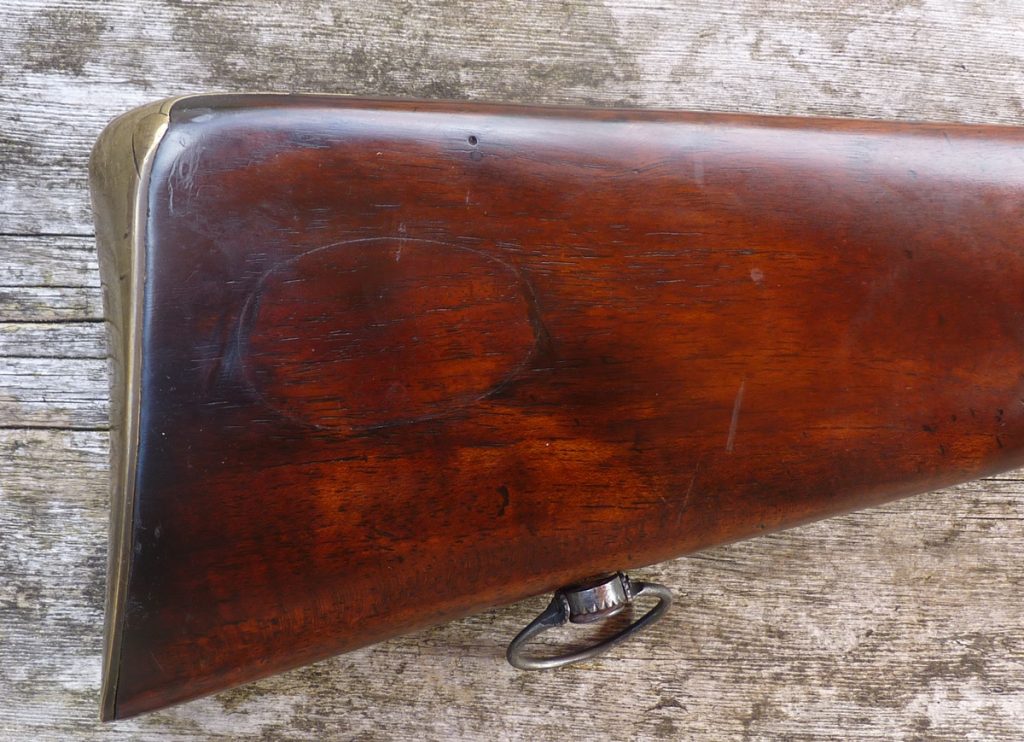
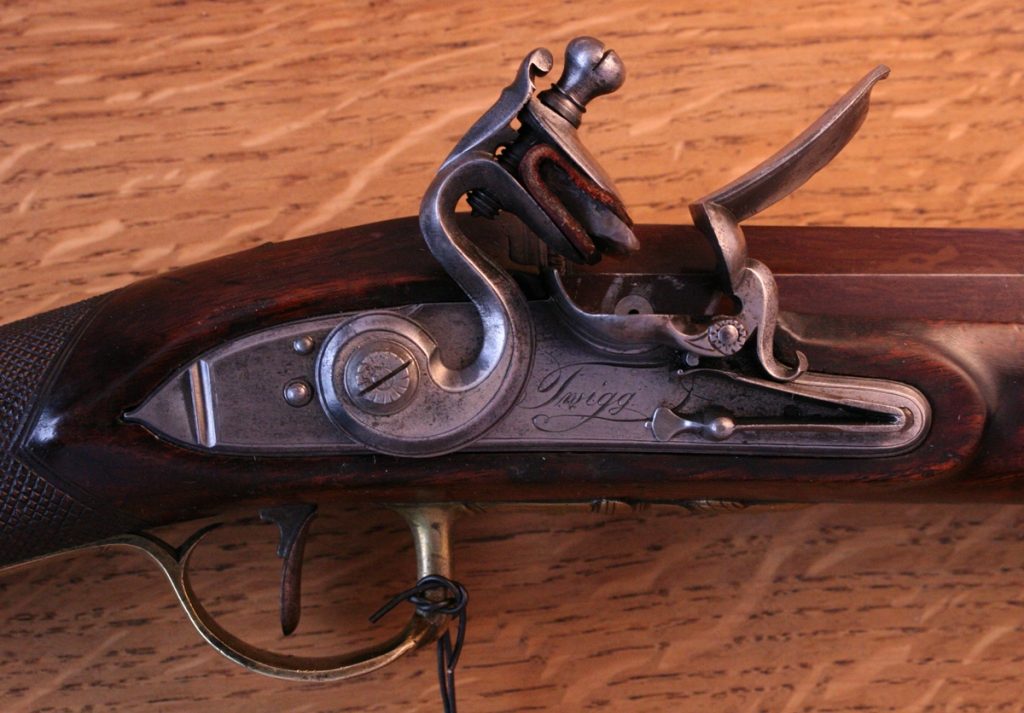
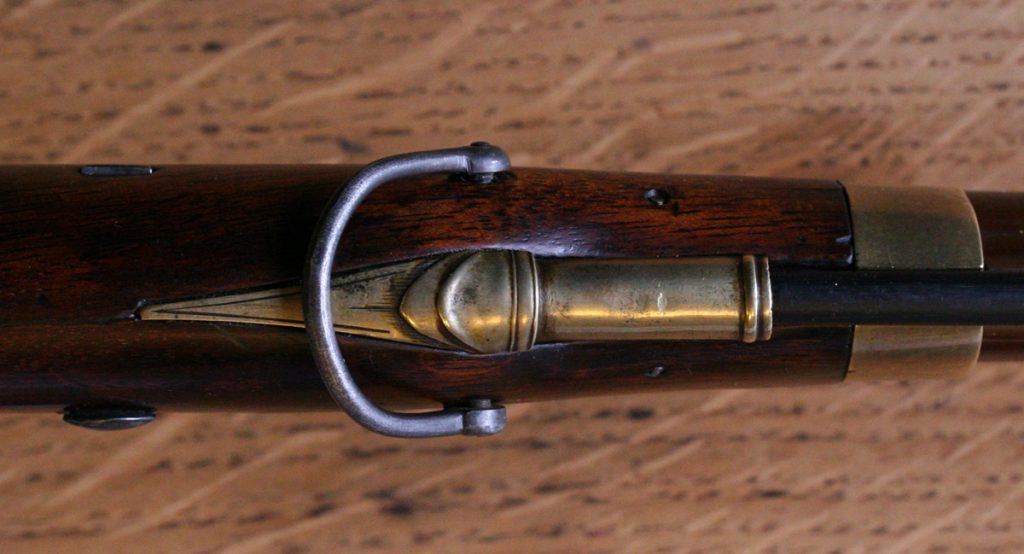
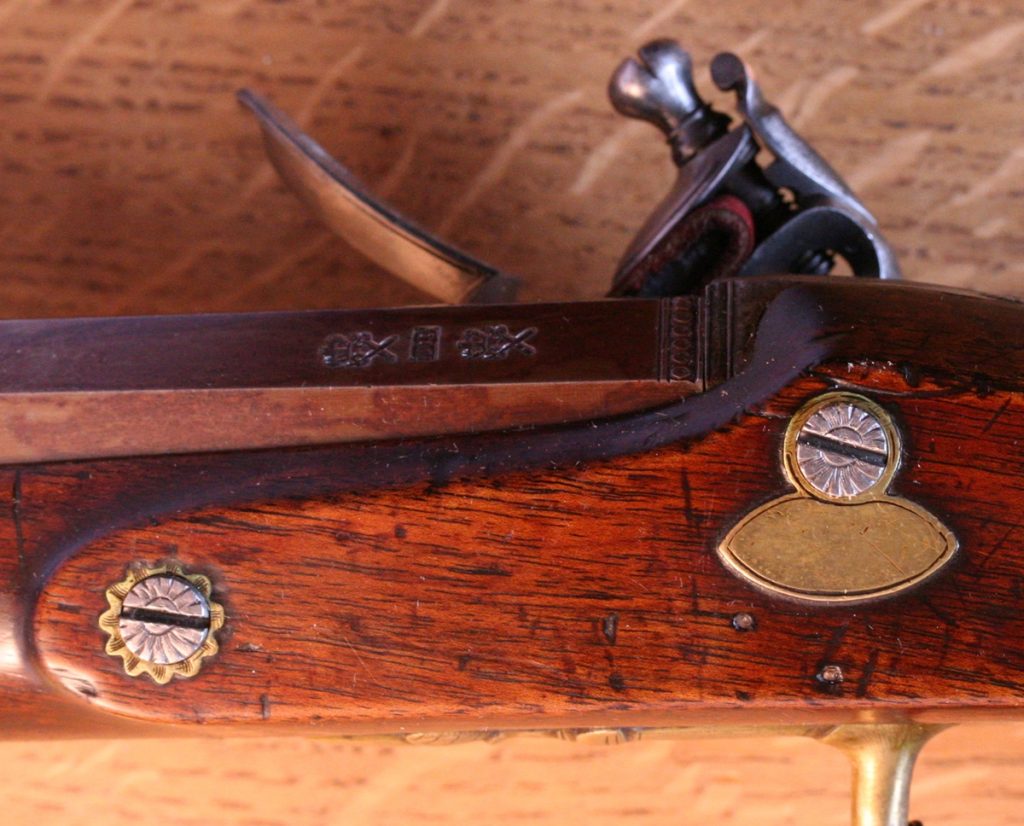
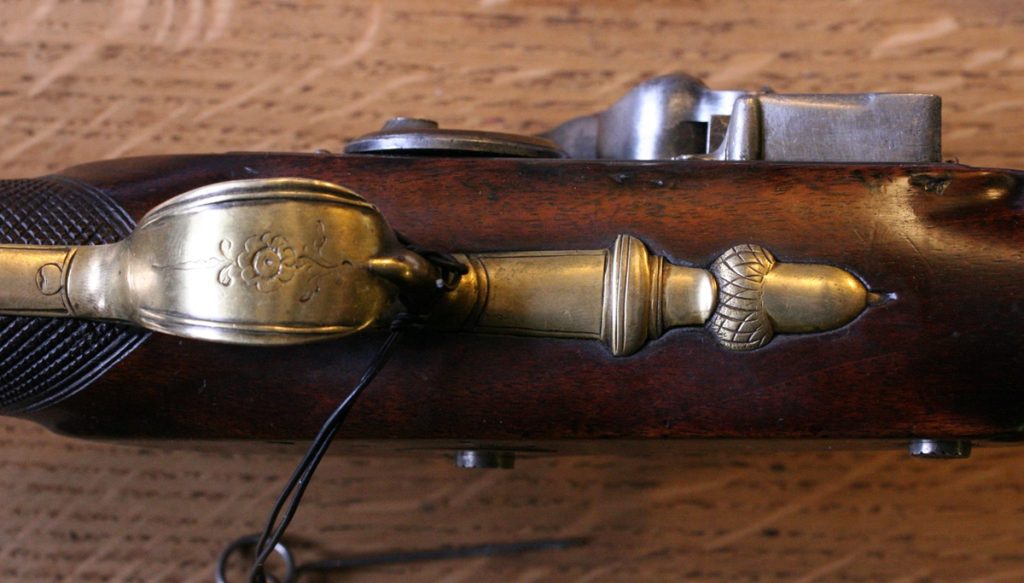
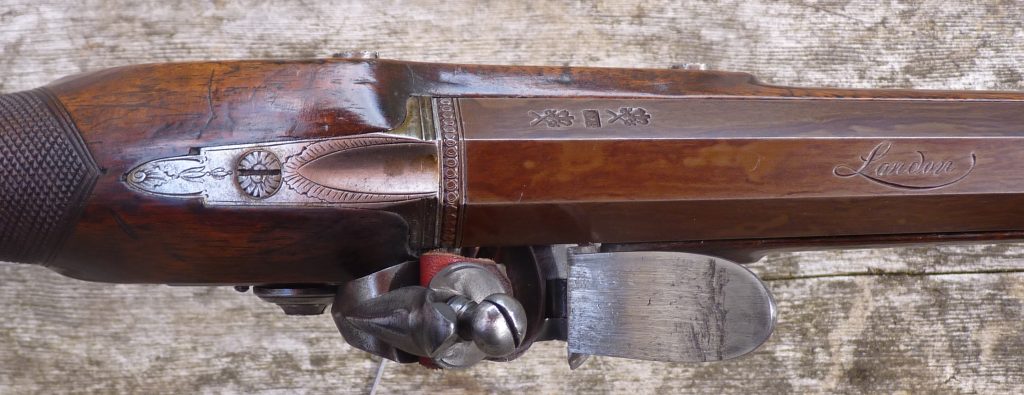
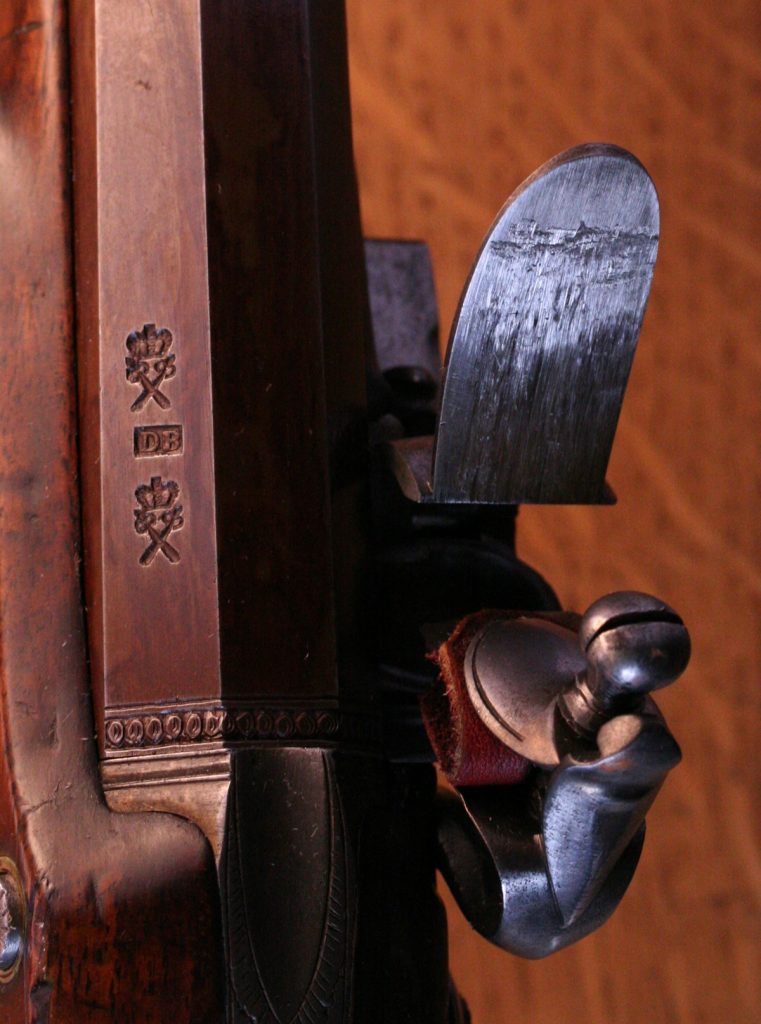

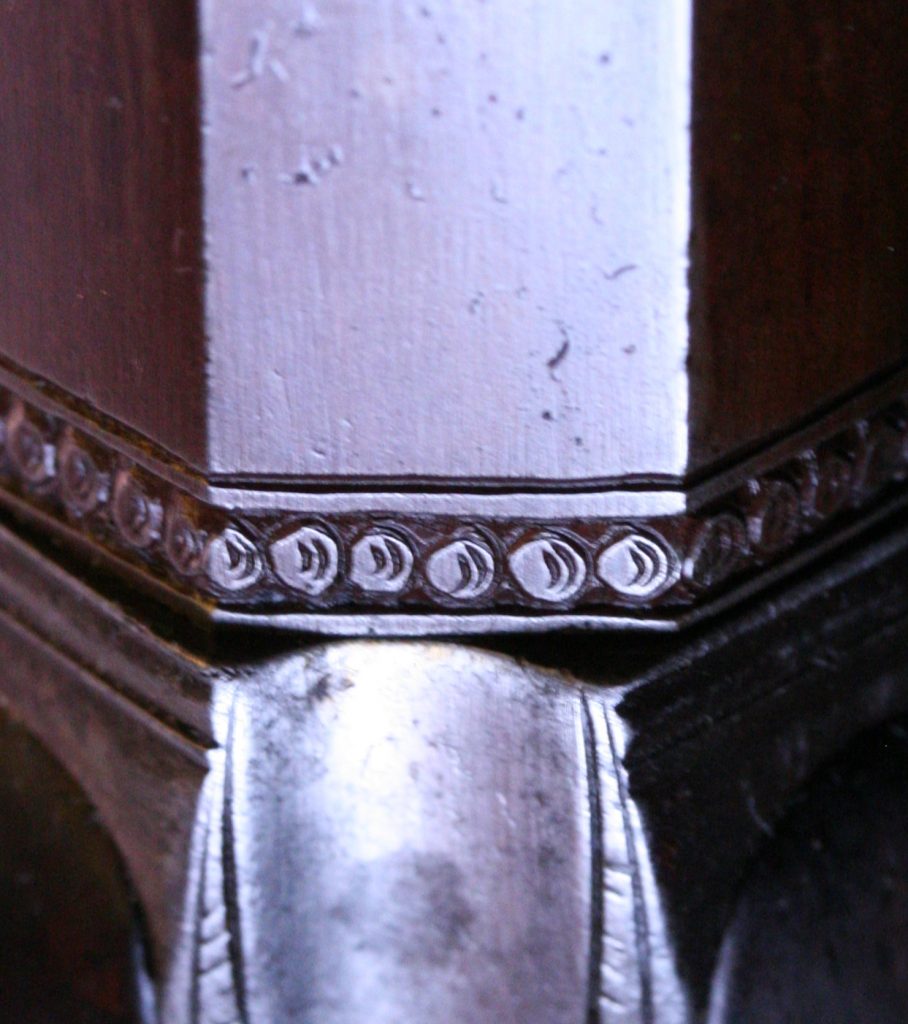
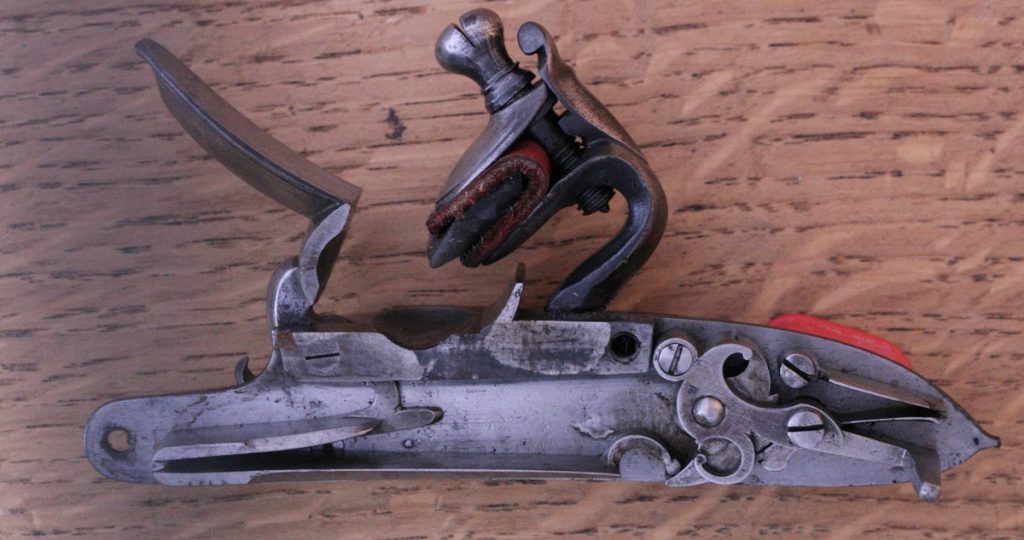
“…I leave two Guns, the longer I give to Robert Thornley and the shorter made by Malber (?) and which I have lent to Mr Ankers I give to Thomas Thornley…The Twigg Gun I have in my possession is the Revd. Mr. Heron’s of Daresbury, which I beg may be returned to him with my thanks and two guineas for the use of it…”
Extract from the will of Dr Daniel Howard of Knutsford, Cheshire, 1819. You obviously know all about Twigg – any idea who the maker of the “shorter” gun left to Thomas Thornley may be? The name in the document looks very like ‘Malber’ but this is from a scribal copy of a will. It’s quite possible the clerk copying the original made a mistake himself.
Hi David,
Lucky hit – I have an old book of gunmakers ‘English Irish and Scottish Firearms Makers’ (1954 W & R Chambers Ltd ) by A Merwyn Carey that is the only one I have that lists a suitable candidate for the name;-
C Malbon [about 1815] Shop at Chester. General gunsmith.
Pretty good fit?
Tim
Hi Tim
I’ve just spent a good hour reading your blog posts. Superb!
Interesting ‘Twigg’ you have there. I am not an expert like you (still learning) but if I saw that gun at auction, I would be suspect as to whether it was a genuine Twigg. Some parts of it might be but overall it lacks the quality you’d expect from such a maker.
This is not to say that I wouldn’t have bought it, but the price I’d be prepared to pay would have been based on it being a useable shotgun rather than a Twigg shotgun. Hope that makes sense?
I don’t think it’s a modern/repro either but the engraving and proofs etc do look a bit too good to be true!
Also, I notice that the frizzen spring sits atop part of the signature. Is that usual?
Just my HMO.
Nick
Hi Nick, I’m sure you are right about the Twigg – I got it to shoot and was fully aware of the anomalies! I looked to see if the frizzen spring was ever covering part of the signature on genuine Twiggs, and found an illustration showing one where it was, but not as much as this one. In the end its down to a gut feeling that you get from looking at lots of pictures & guns. Glad you enjoyed the site! Tim
Hey…just stumbled on this thread from 2016 but i have a long gun with the exact same proof/ makers marks… I’ve never seen another one with the DB stamped between the Tower proof marks… any idea what the DB stands for?
Hi – The short answer is no! I cannot make up my mind whether the barrel is old but in good condition or possibly a repro.
I bought it from Bonhams as an antique but it is a bit of a mongrel anyway.
Tim